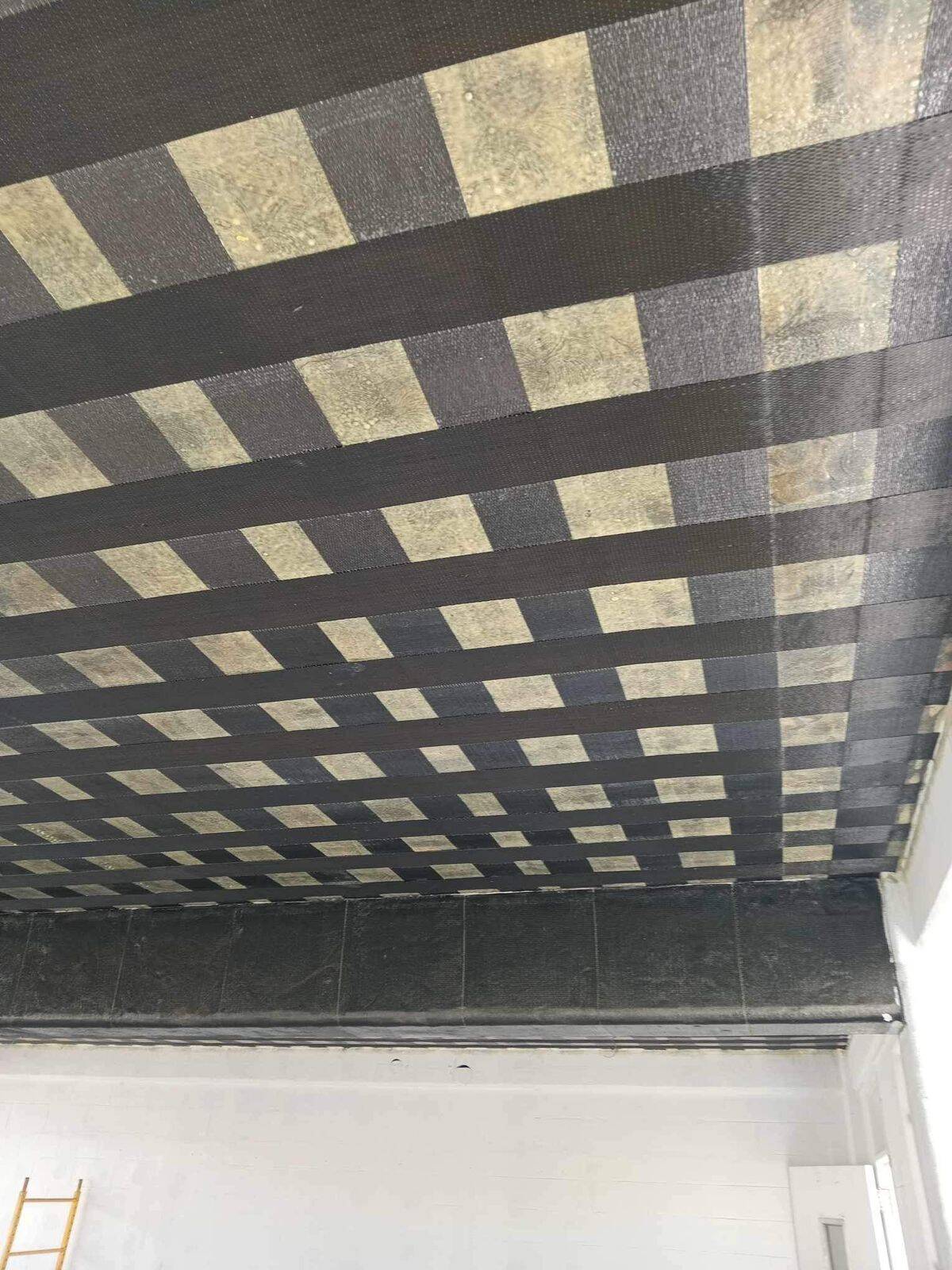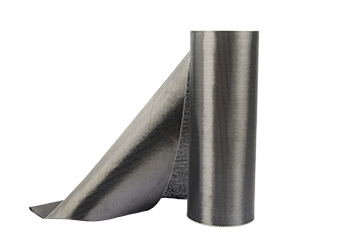Solutions
Horse Construction offers full range of structural strengthening materials with technical supports, documentation supports, products supports, project supports.
There are several reasons why carbon fiber reinforcement is usually not suitable for plain concrete components:

Carbon fiber reinforcement is usually not suitable for plain concrete components, especially when the reinforcement ratio on the longitudinal force-bearing steel bar side is less than 0.2%. This is because carbon fiber reinforcement is mainly used to provide bending and shear strength of the component, while plain concrete itself has low bearing capacity in compression and tension.
There are several reasons why carbon fiber reinforcement is usually not suitable for plain concrete components:
Bonding problem: The surface roughness and water absorption of plain concrete are high, and the bonding performance with carbon fiber sheet is poor. Carbon fiber sheet needs to form a good bond with the concrete surface to withstand external loads and effectively transfer stress. However, the surface characteristics of plain concrete limit the bonding ability between carbon fiber sheet and it, resulting in poor reinforcement effect.
Insufficient tensile capacity: Plain concrete has a relatively low bearing capacity in tension. Carbon fiber sheet is mainly used to increase the bending and shearing capacity of components, while in plain concrete components, the longitudinal force-bearing steel bars are mainly responsible for bearing tension. Due to the limited tensile capacity of plain concrete, carbon fiber sheet reinforcement may not significantly improve the overall strength and bearing capacity of the component.
Low reinforcement ratio: The steel bar reinforcement ratio in plain concrete is low, especially when the reinforcement ratio on one side of the longitudinal force-bearing steel bar is less than 0.2%. Carbon fiber sheet reinforcement is mainly suitable for concrete components with a high steel bar reinforcement ratio to give full play to the synergy between steel bars and carbon fiber sheet. When the reinforcement ratio is low, carbon fiber sheet may not fully exert its reinforcement effect and cannot improve the overall performance of the component.
Carbon fiber sheet is usually suitable for the reinforcement of bending, axial compression, large eccentric compression and tension members with concrete strength higher than C15. Here are some reasons:
Bending reinforcement: Carbon fiber sheet is very effective in improving the bending strength of concrete members. It can provide additional strength and stiffness in the tension area of the member, reduce bending deformation, and share the force.
Axial compression reinforcement: Carbon fiber sheet can provide good lateral restraint in the reinforcement of axial compression members. It can increase the compressive capacity of the member, prevent the fall and cracking of concrete, and improve the overall bearing capacity.
Eccentric compression reinforcement: Carbon fiber sheet can effectively increase the resistance of concrete members to large eccentric compression. It can provide additional strength and stiffness to resist the bending moment and shear force caused by eccentric loads, thereby increasing the stability and safety of the member.
Tension reinforcement: Carbon fiber sheet can provide good strength and stiffness in the tension area of concrete members. It can effectively control and limit the cracking of concrete and increase the tensile bearing capacity of the member.
You can find anything here you are in need of, have a trust trying on these products, you will find the big difference after that.

High strength, unidirectional carbon fiber wrap pre-saturated to form a carbon fiber reinforced polymer (CFRP) wrap used to strengthen structural concrete elements.

High strength carbon fiber reinforced polymer (CFRP) strip / laminate / plate for structural strengthening and concrete repair

High strength, unidirectional carbon fiber fabric pre-saturated to form a carbon fiber reinforced polymer (CFRP) fabric used to strengthen structural concrete elements.